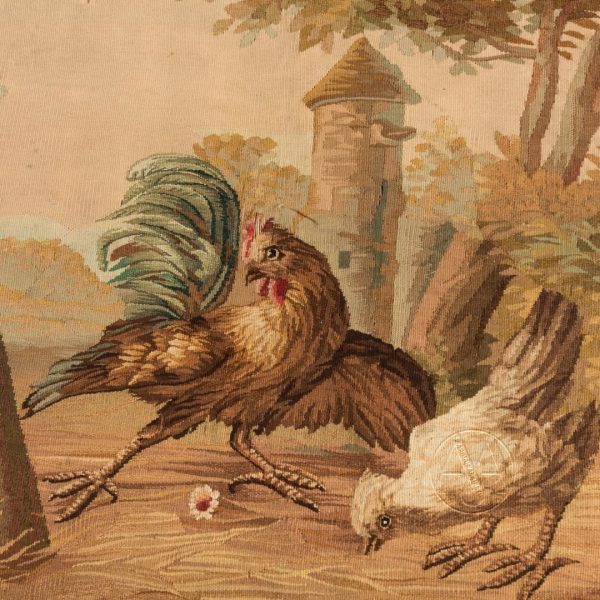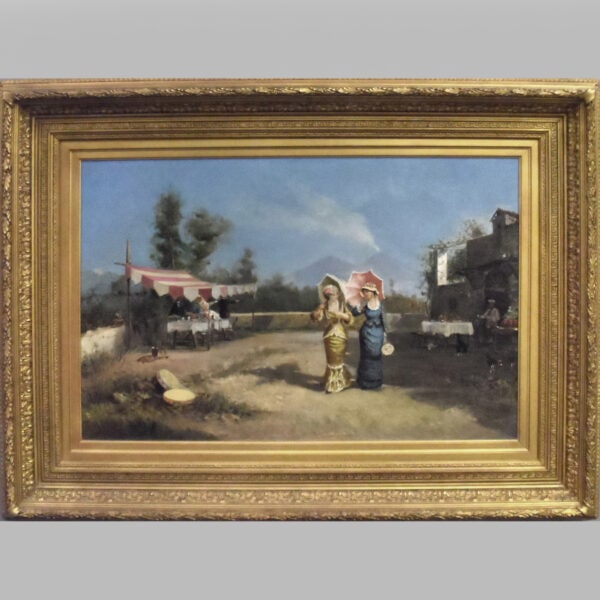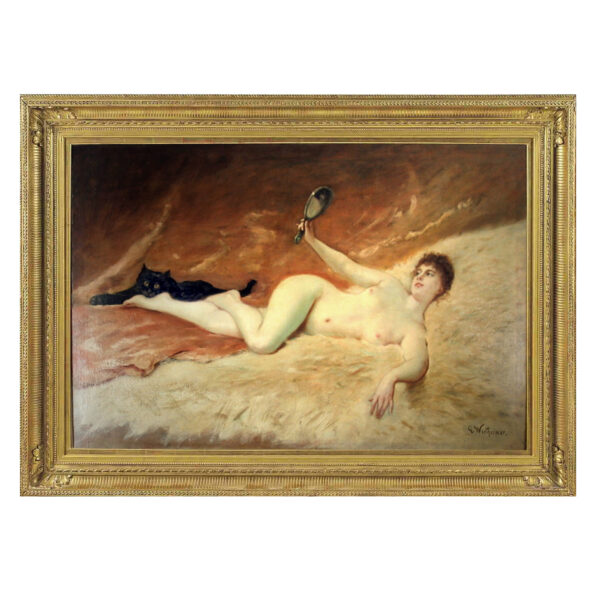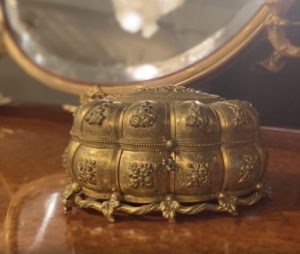Pierre-Victor Galland
‘Les Quatre Eléments’, Pierre-Victor GALLAND (1822-1892)
£38,000
Pierre-Victor GALLAND (1822-1892) ‘Les Quatre Eléments’ Four, oil on canvas. 188 x 63 cm France, Dated 1867. Each painting depicting one...
Dimensions
Height: 188 cm (75 in)Width: 63 cm (25 in)
Description
Pierre-Victor GALLAND (1822-1892)
‘Les Quatre Eléments’
Four, oil on canvas.
188 x 63 cm
France, Dated 1867.
Each painting depicting one of the cardinal elements personified as a female figure in the presence of its most evident attribute. Painted with strong light and colour.
Earth panel depicts one of the four elements in a compelling fashion with an ascendent female figure robed in flowing drapery with foot and arm extended reaching skyward: each with attendant putti below.
Earth is shown swathed in robes of greens and white, with a fanciful foliate headdress of lush leaves and bullrushes.
Air leaps effortlessly into the sky draped in blush pink and holding a slender fruiting bough.
Fire ascends dramatically into the sky holding forth a flaming torch and draped in bright burnished orange and grey, her image seemingly lit from a fire kindled below by an ignipotent putto.
Water suitably draped in billowing azure blue with a translucent undergarment, holds aloft a bubble representing water is portrayed with shimmering translucent wings, an attendant winged putto pulling at her hem.
Under the Second Empire, Haussmann’s transformation of Paris went hand in hand with the construction of luxurious mansions for the new haute bourgeois. Gallards extensive work for wealthy patrons such as Lionel de Rothschild and Edouard André, led him to become one of Paris’s most admired and sought-after decorative artists. His fame quickly spread and led him to carry out projects outside the capital for, among others, Baron von Derwies in Nice, Prince Narischkine in Saint Petersburg and William Vanderbilt in the United States.
Materials
Oil on Canvas
Date
Dated 1867
Origin
France
Pierre Victor Galland was the great champion of French decorative painting and the art of the décorateur in the second half of the 19th century.
Born in Switzerland in 1822 to French parents, the painter Pierre-Victor Galland studied metalwork under his father, François Gallard a goldsmith and jeweller before training four two years with the architect Henri Labrouste. Labrouste encouraged him to continue in the decorative arts, under the direction of the artist Michel Martin Drolling. He made his debut at the Salon in 1842, exhibiting a portrait and in 1843 he was hired as an assistant by the scenographer and décorateur Pierre-Luc-Charles Ciceri, to help him paint figures, flowers, fruits, and garlands. In 1848 he worked again with Labrouste on the decoration of the Fête de la Concorde.
He received several important international commissions during this period including in 1851, an Armenian palace in Constantinople. His prolific work in Paris, often for the new haute bourgeois earned him the sobriquet ‘le Tiepolo des banquiers’ (‘the Tiepolo of the bankers’) during the Second Empire. Unfortunately, much of his work was destroyed during the Commune in 1871, including his work at the Ministry of Finance, the Hôtel Fould and the palace de Saint-Cloud.
His influence and fame as an artist was also was also due to his numerous teaching and professorial commitments. He served as art director at the Gobelins tapestry factory, for whom he produced numerous designs for tapestries, including a pair of portraits of Napoleon III and Princess Eugénie; and from 1873 taught at the Ecole des Beaux-Arts, establishing a course in decorative art, open to the students of the faculties of architecture, painting, and sculpture.
He undertook major public projects under the third Republic: including the decoration of the Panthéon in Paris, for which he painted a very large Preaching of Saint Denis in 1874, as well as producing paintings for the amphitheatre of the Sorbonne in 1886 and the Galerie des Métiers at the Hôtel de Ville between 1888 and 1892.
His renown as a mural painter on a grand scale led to commissions in Lille, Nice and Marseille, as well as from important overseas clients, such as William H. Vanderbilt in New York; the banker Edward Baring in London as well as clients in as far afield as Stuttgart and Saint Petersburg.
Galland died in his Paris workshop, at 25 rue Pierre-Fontaine in 1892. A retrospective exhibition of his work was organized by the Musée des Arts Décoratifs two years after his death at the Palais de l’Industrie in Paris. A large collection of his work, given by the artist’s descendants in 1892, is today in the Musée d’Art et d’Industrie in Roubaix.
Acquired in France with four other panels (The Four Seasons), at the end of the 19th century by Herman Ossian Armour (1837-1901), businessman, and founder of the Armour Meat Company and American humanist. He brought them back to his USA residence at Fifth Avenue, New York
Bequeathed to Mary Armour Nichols (1866-1939) and by descent.
Sold at auction 08th May 2022 Hotel des Ventes de Monte-Carlo
Pierre-Victor Galland, Un Tiepolo français au XIXe siècle. Published in 2006, Somogy, Piscine-musée d’art et d’industrie André Diligent, Musée départemental de l’Oise (Paris, Roubaix, Beauvais). ISBN 978-2-7572-0027-8. (in French)
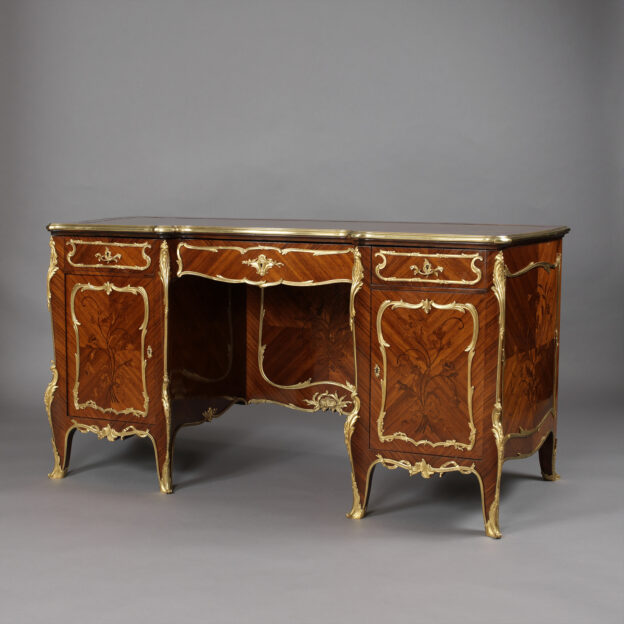




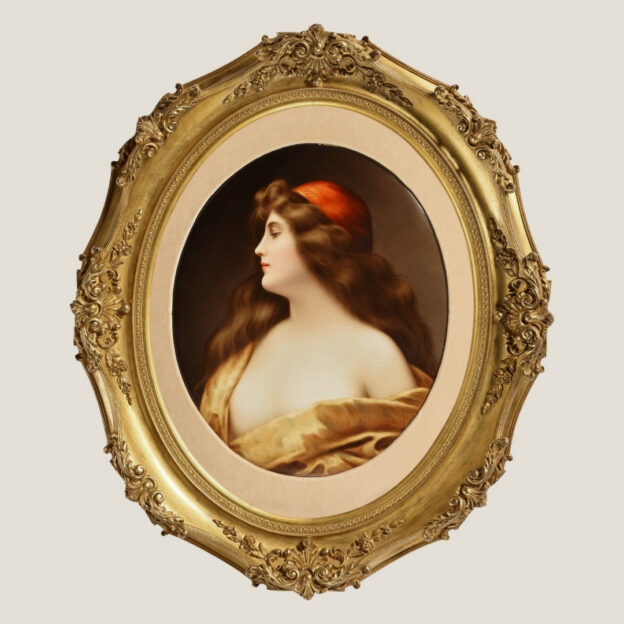
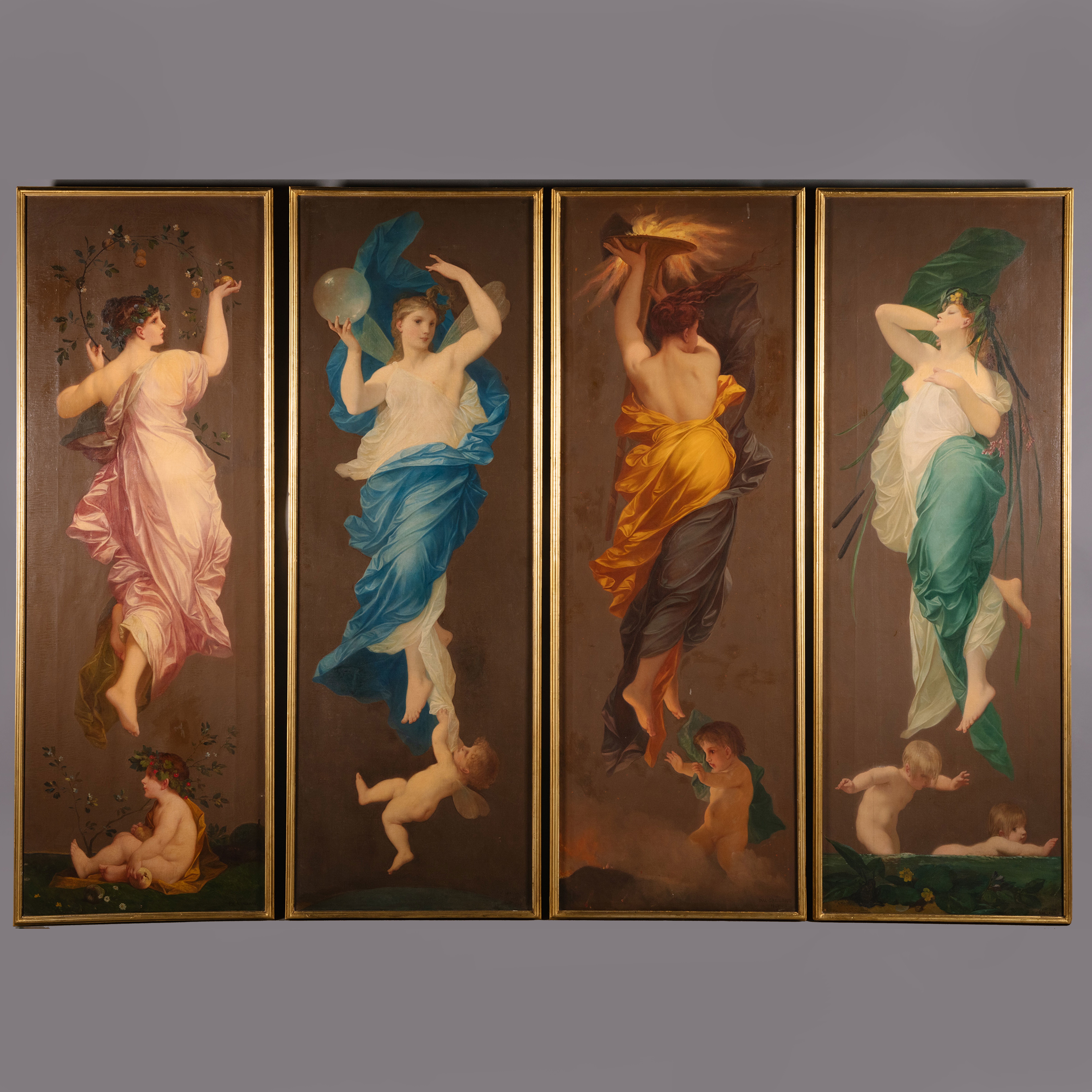
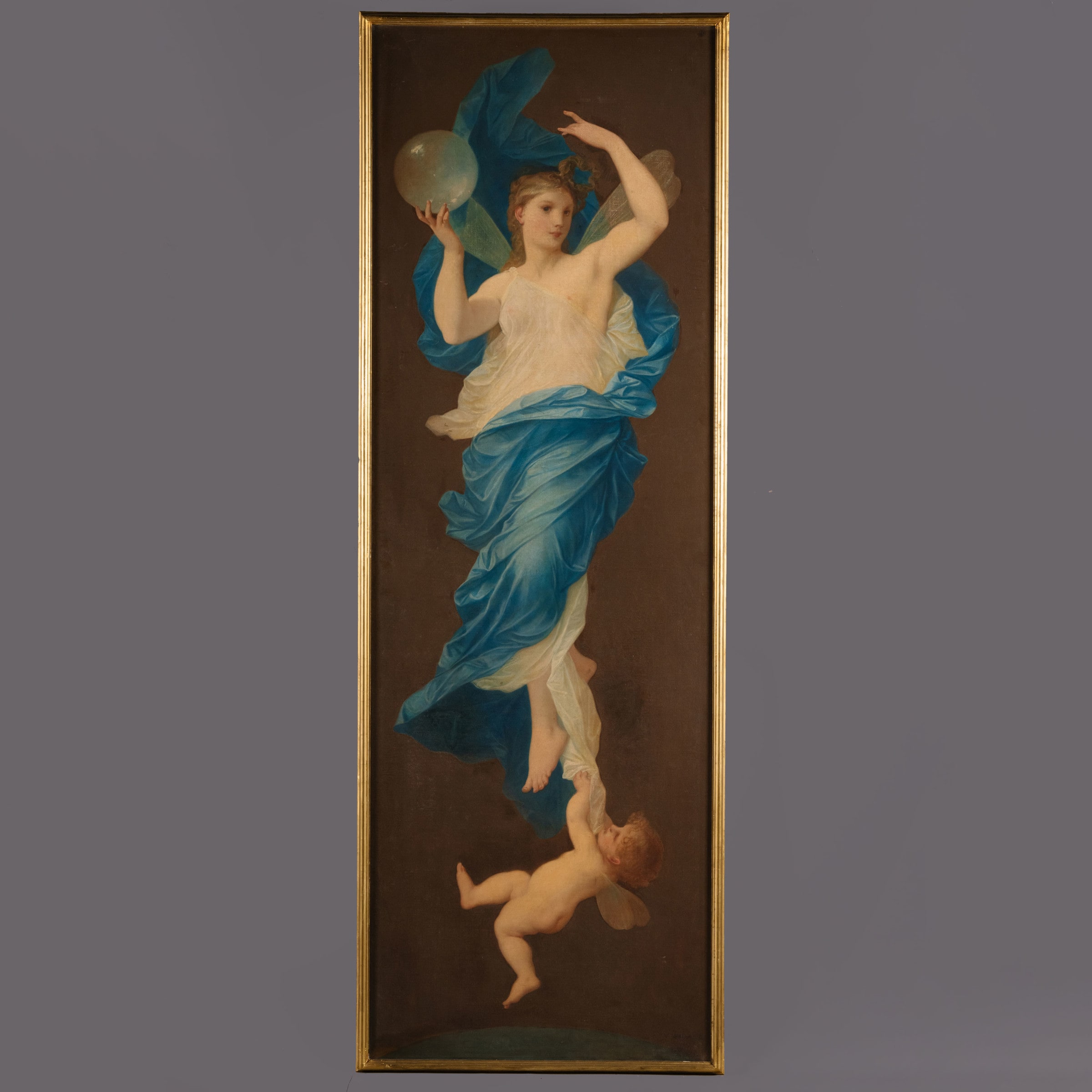
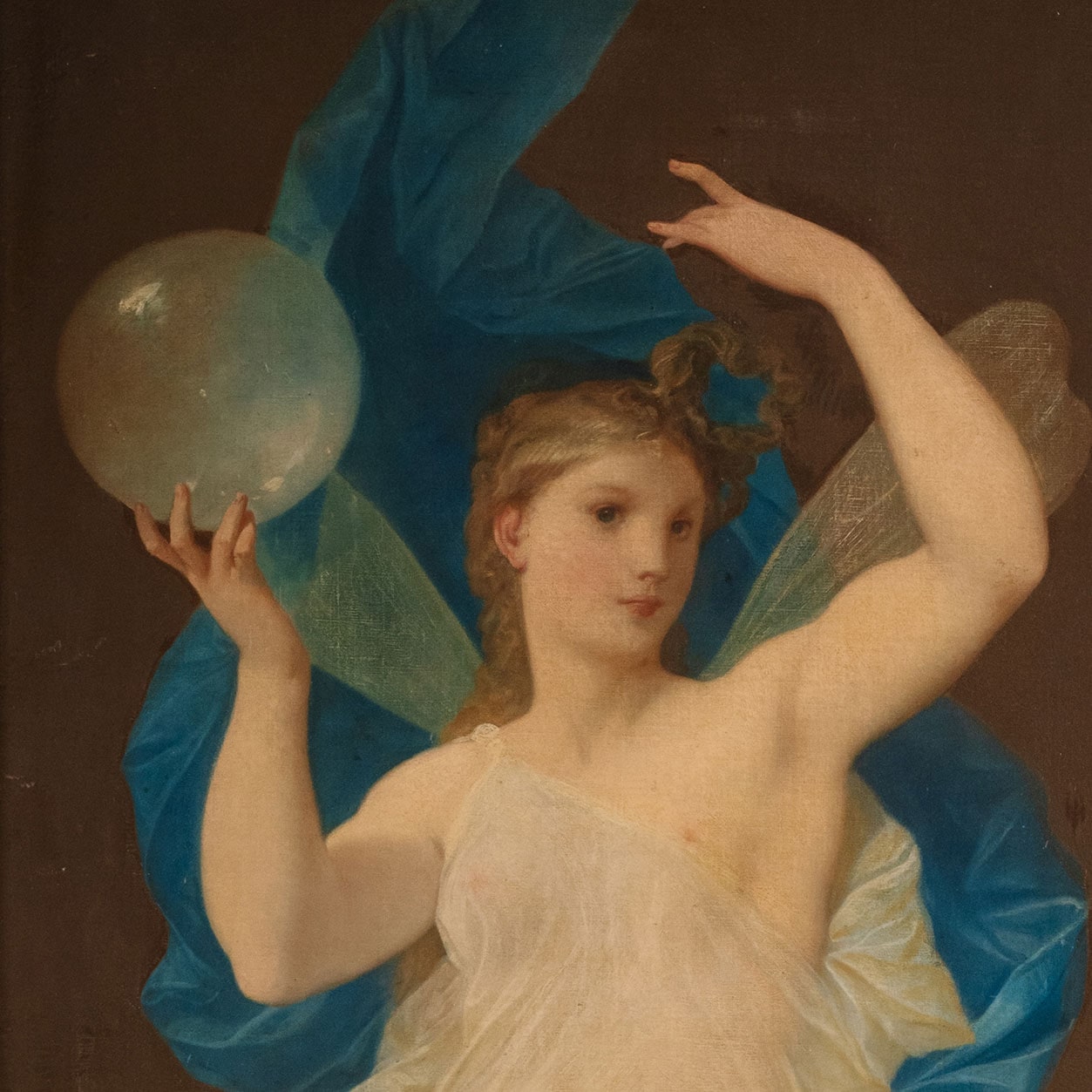
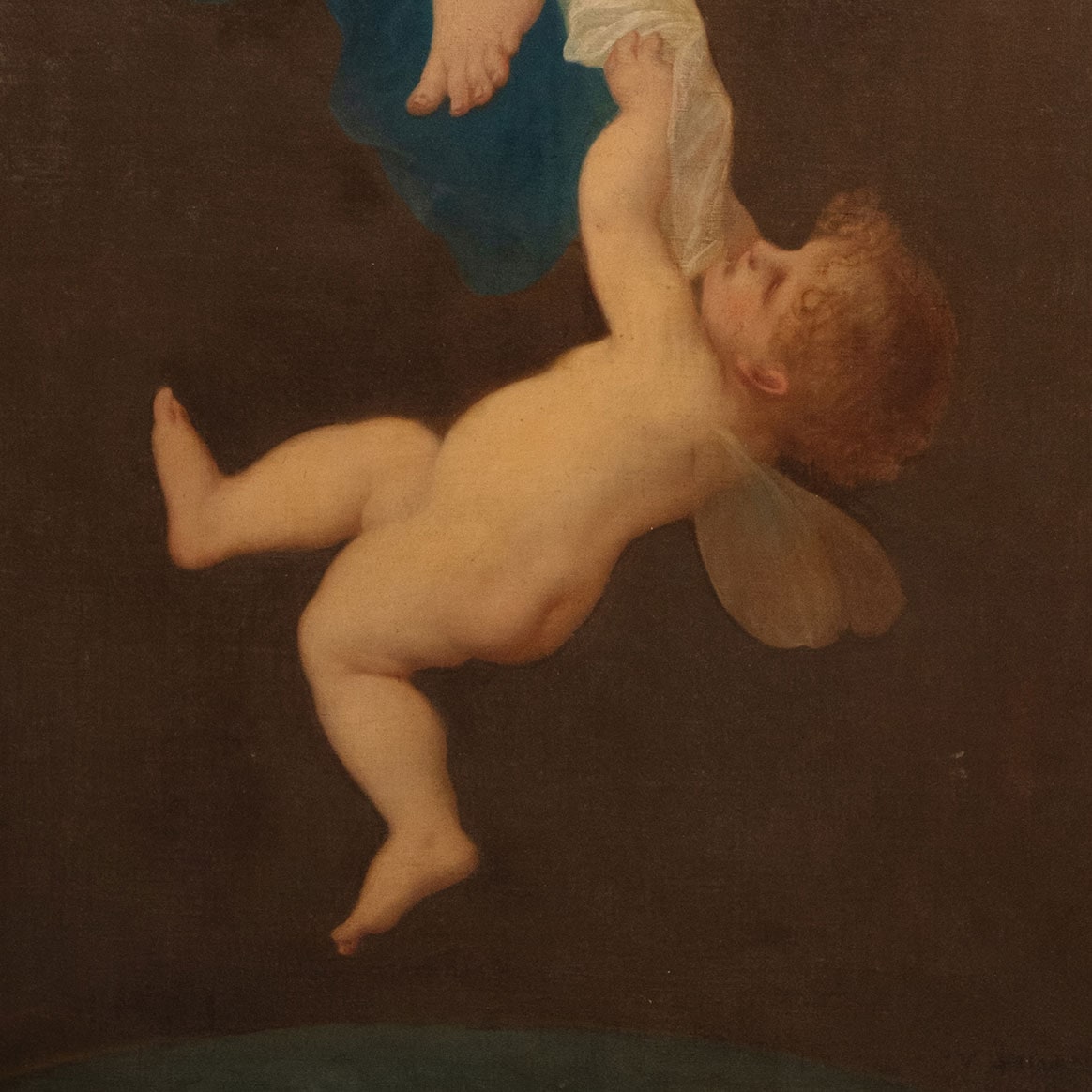
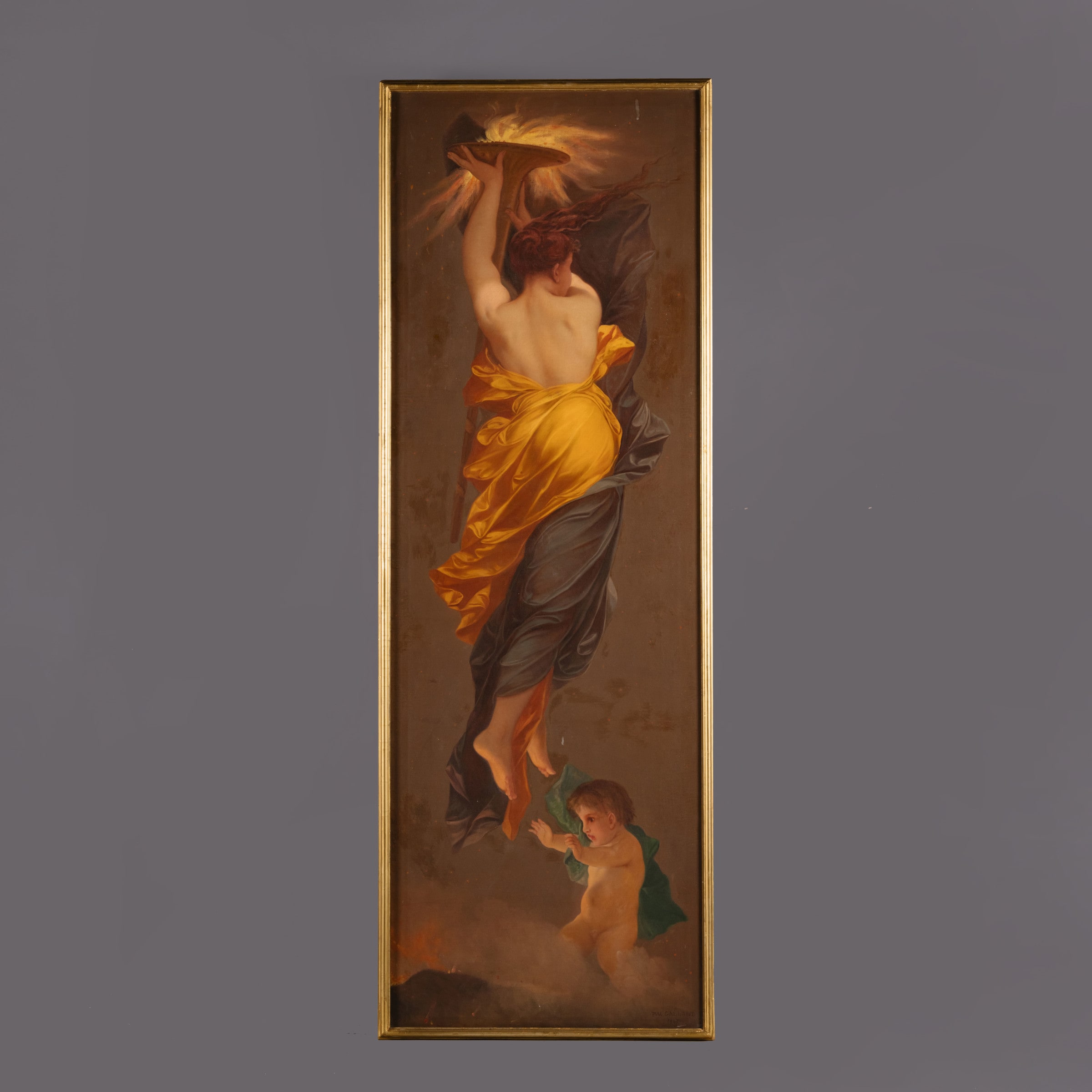


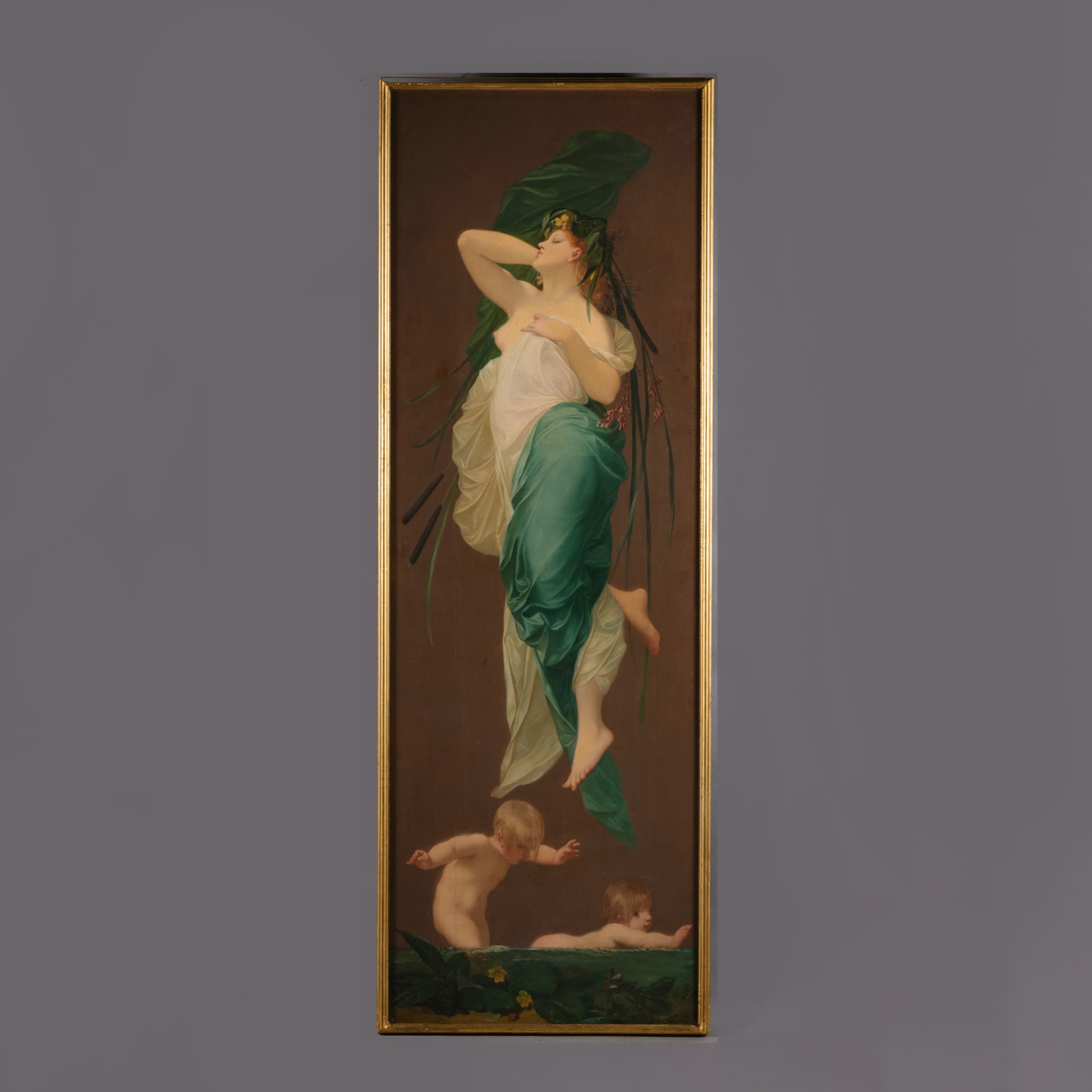

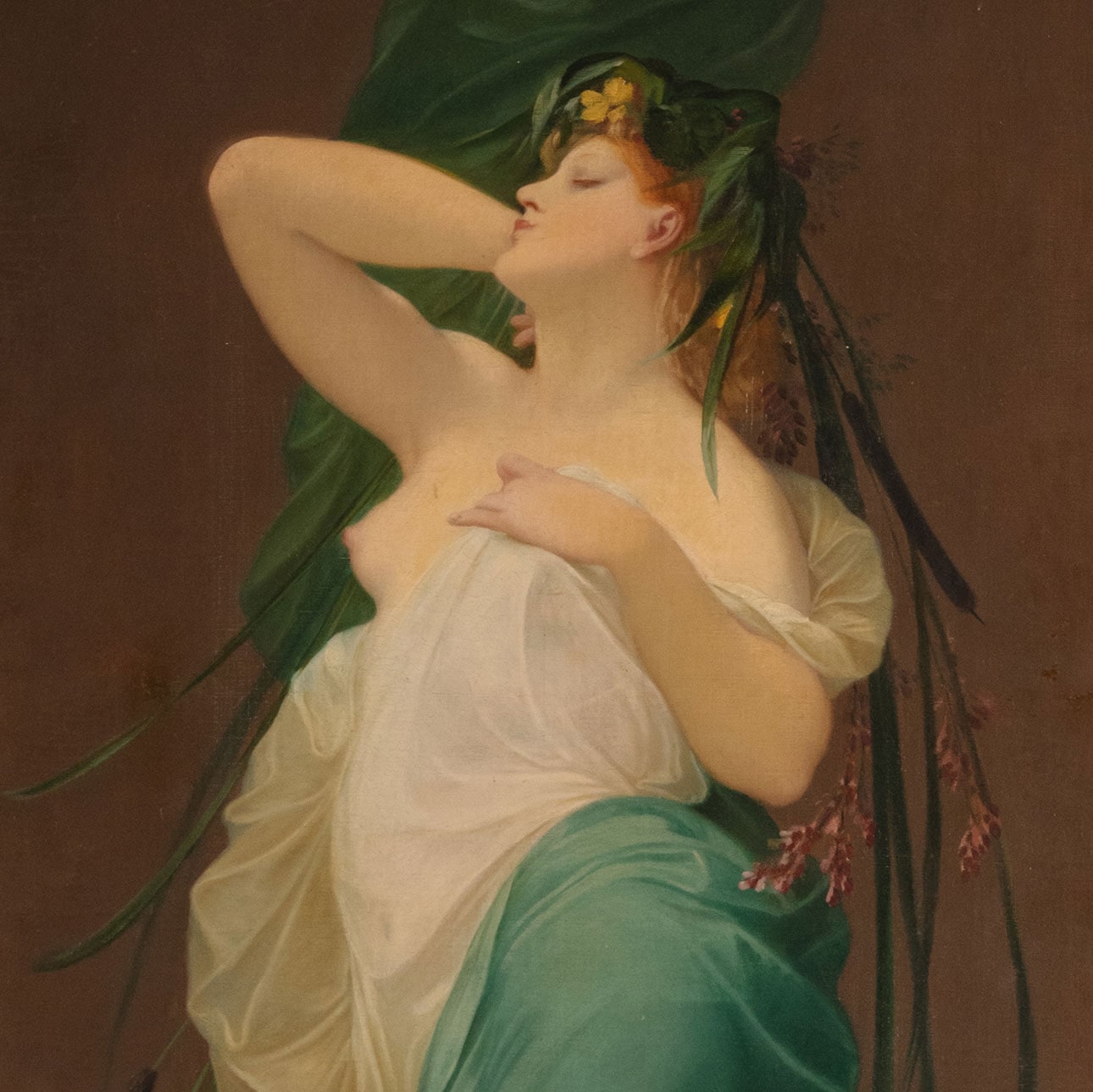
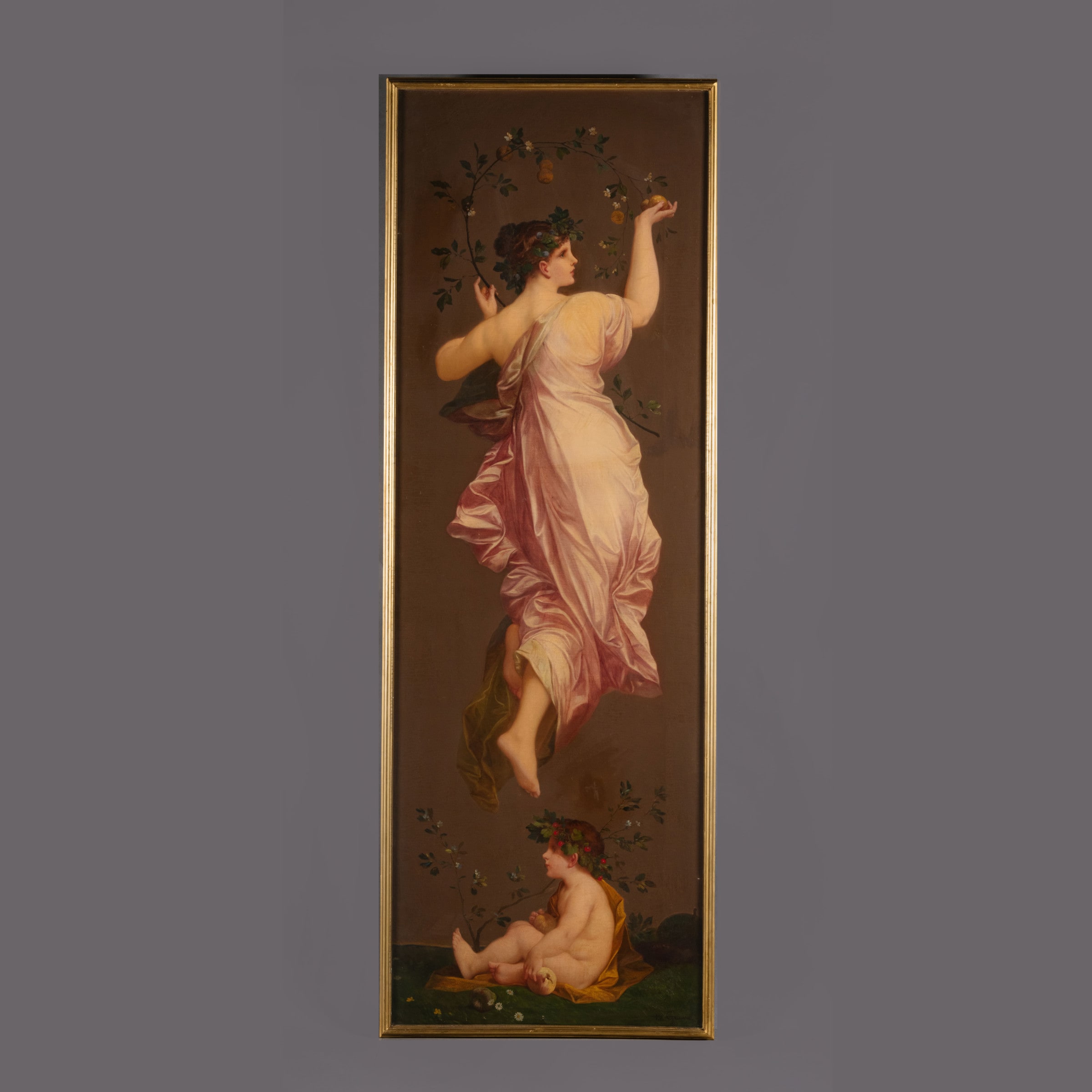
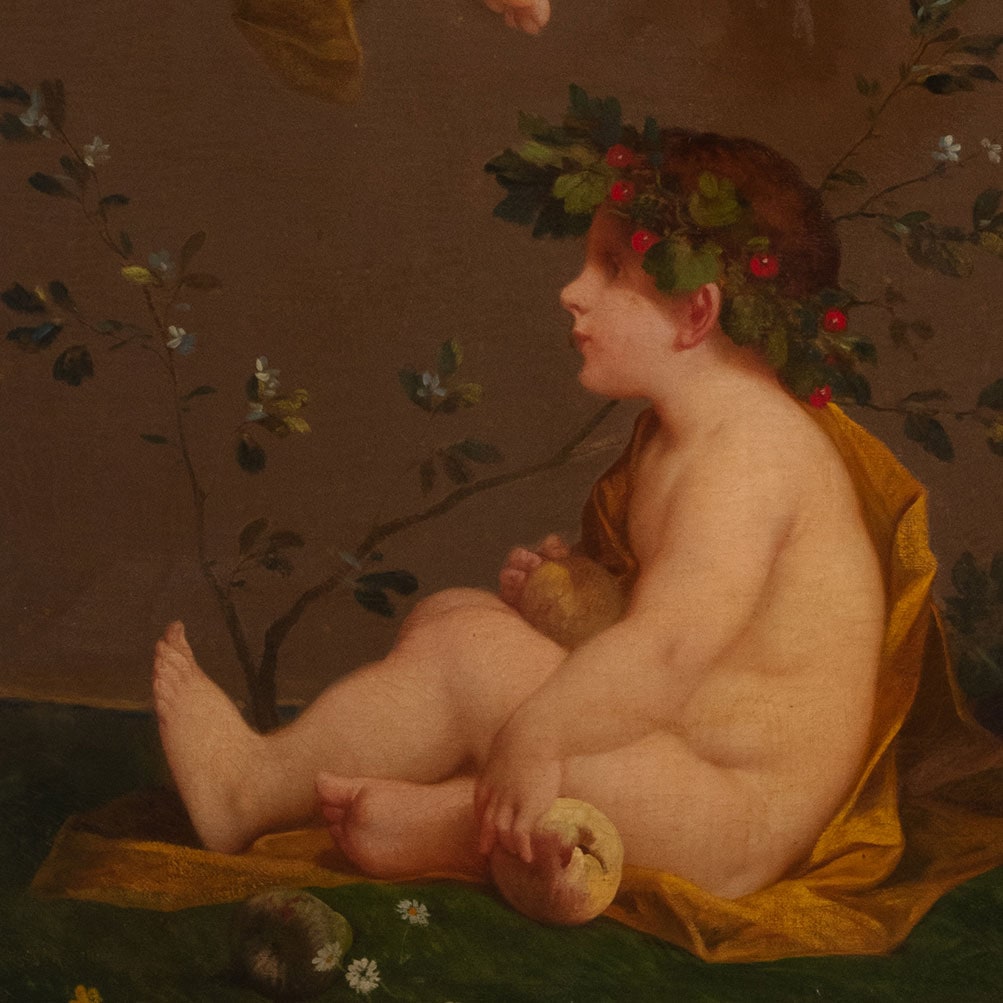


 Print
Print